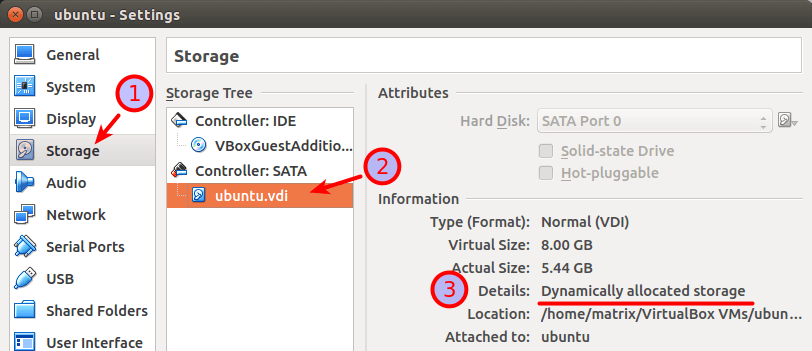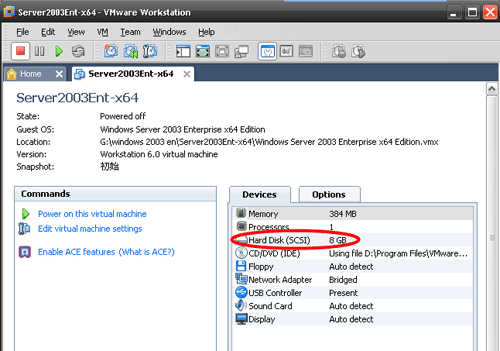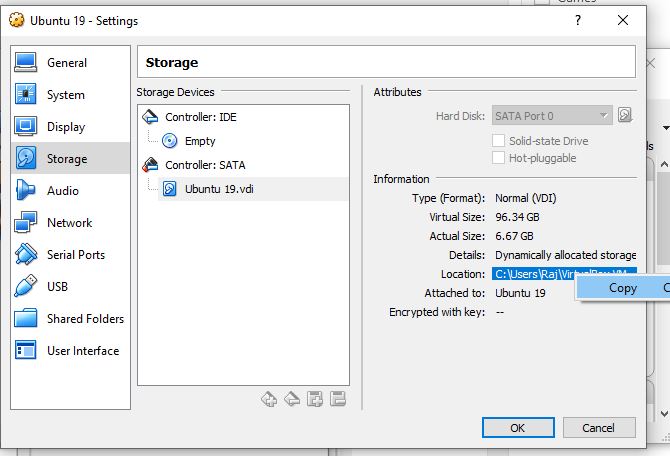


RDP to your virtual machine and open disk management and extend your volume on the disk you just expanded.Click on your VM that this disk should belong to and on the dashboard page click on “Attach” -> “Attach Disk” and select your existing disk you created from step 4.Return to the disk page on the Virtual Machines page and click on “Create” This will create the new disk and select your VHD file that you just expanded.Right-click on it and select Expand Drive. Now open CloudXplorer and navigate to your storage account and container and find the disk you want to expand.Then click on the “Delete” button and select “Retain the associated VHD” Go back to the main Virtual Machines page and click on “Disks” at the top and then select the Disk you want to expand that we just detached in step 1. (Note: We aren’t actually deleting the data on the disk, but just the disk container from the VM – and keeping the VHD file.) Next, we need to delete the disk from the VM – BUT keep the VHD Blob file.NOTE: Make note of the Disk name as you will need to remember this for step 2 to delete it. On the dashboard page, click on the Disk you want to expand and then click the “Detach Disk” button.

Navigate to the old Azure portal ( ) and go to the VM that you would like to expand the disk size on.Note: Please be careful while following these steps to not delete the actual VHD file and I recommend doing a backup of the VM and VHD files first.
EXPAND OS X VM UPDATE
If you have an older “classic” VM in Azure, you are aware that it came with a 30GB OS drive that will fill up quickly with just the OS and Windows Update files.īelow are the steps I put together that are simpler than other solutions I have found and only requires a free trial of the awesome tool CloudXplorer (I purchased a subscription) and accessing the old Azure portal to accomplish these tasks. After some research, I found some great articles including this one on MSDN forums that address this issue with expanding the OS drive. Unfortunately, the Azure portal doesn’t make it easy to resize your VM disks without some 3 rd party tools or PowerShell commands versus a wizard in the web interface. If you are using a newer VM from Azure, you probably won’t encounter these problems as the default OS disk size is now 127GB and data disks default to 1023GB when creating a new one. While working on a Microsoft Azure Virtual Machine (classic) recently, I noticed that the OS disk was almost out of disk space along with an additional data disk that was attached to this Windows VM.


 0 kommentar(er)
0 kommentar(er)
